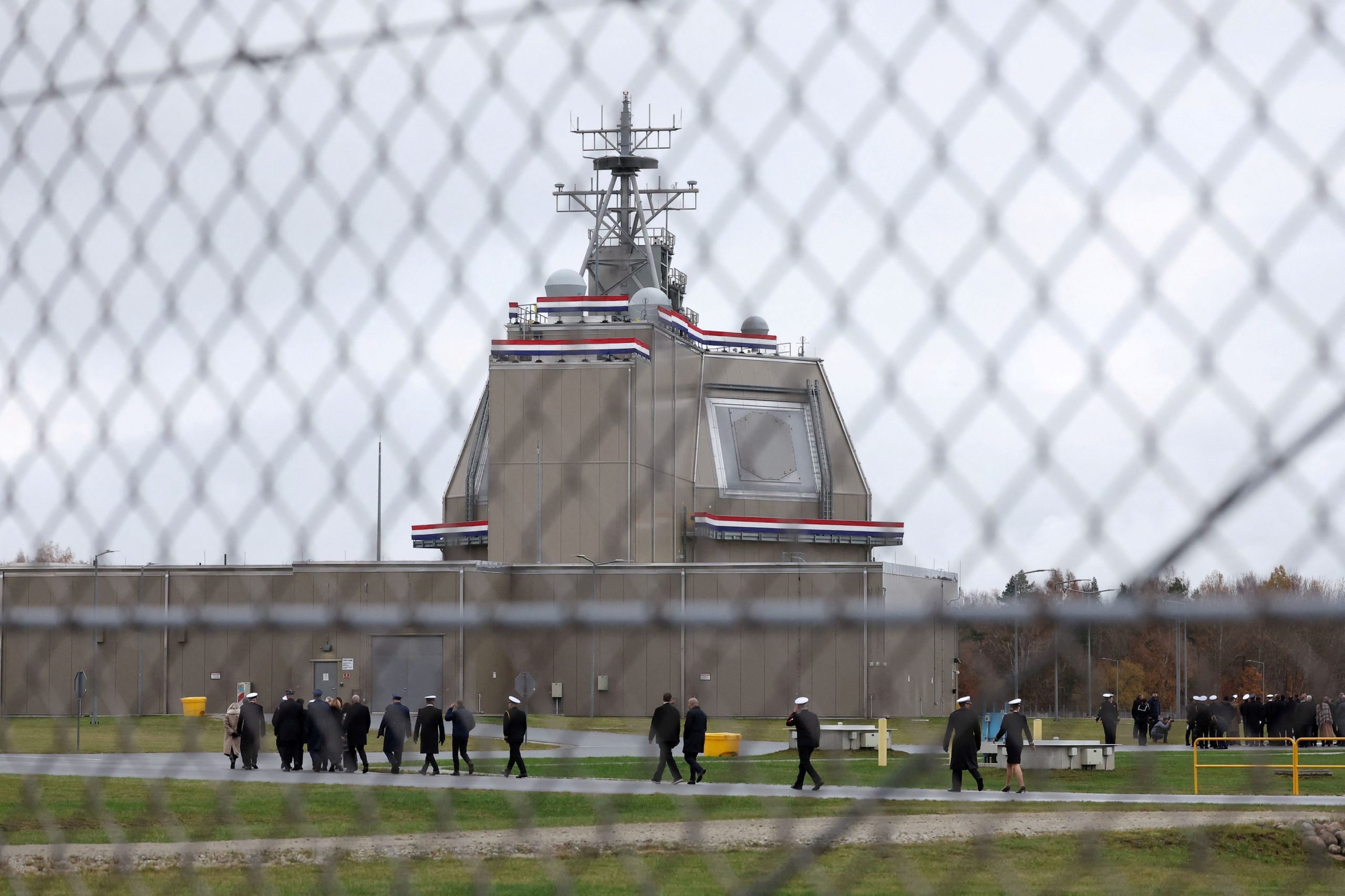The U.S. needs to be prepared to expand its nuclear force to deter the growing threats from China, Russia and North Korea, say senior Biden administration officials.
Decisions on whether to deploy more nuclear weapons are being left to the incoming Trump administration, which has yet to spell out its defense plans.
During his first term in office, Donald Trump endorsed all of the major nuclear-weapons programs he inherited from the Obama administration and added two new nuclear systems. The Trump transition didn’t respond to requests for comment.
The Biden administration’s policy is codified in its “Nuclear Weapons Employment Planning Guidance” and comes as China is proceeding with a major nuclear buildup , Russia is balking at arms-control talks, and North Korea is increasing its nuclear-weapon arsenal.
That highly classified directive, which was signed by President Biden earlier this year, instructs the Pentagon to develop options to simultaneously deter aggression by China, Russia and North Korea.
Those nations have been cooperating on military matters, raising the risk that Washington might need to grapple with several conflicts at the same time.
Biden’s policy, administration officials say, stresses the importance of developing advanced nonnuclear systems and deepening military cooperation with allies in Asia and Europe to cope with the potential dangers. The Pentagon, however, is also preparing options to deploy more nuclear warheads should those efforts prove insufficient, given the possibility of arms-control setbacks and further delays in fielding the next generation of U.S. nuclear systems.
“If current trends continue in the negative direction with Russia saying ‘no’ to arms control, China building up and North Korea building up, there may be a need to increase the number of deployed U.S. nuclear weapons in the future,” said a senior Biden administration official. “The question is can you make it less of a need if you do better on the conventional side and by integrating closely with allies.”
An unclassified report on the nuclear-employment guidance that was sent to Congress doesn’t outline specific options under consideration but notes that “it may be necessary to adapt current U.S. nuclear force capability, posture, composition, or size” to deal with “multiple adversaries who are making nuclear weapons more central to their national security strategies.”
Trump will have some ready options to add to all three legs of what is known as the U.S. nuclear triad, which consists of land-based missiles, sea-based weapons and bombers. These potential steps include adding several warheads to the land-based Minuteman III missiles, deploying more nuclear weapons on submarines equipped with ballistic missiles and proceeding with the development of a submarine that carries nuclear-armed cruise missiles, a program that the Biden administration initially canceled but Congress restored.
The Trump administration “will be inheriting some rigorous homework and options,” said Vipin Narang, who served as a senior Defense Department official on nuclear issues until August. “So they can pick up the ball and continue to run with it.”
There were about 3,750 warheads in the Pentagon nuclear stockpile as of September 2023, according to government data that has yet to be updated. Any expansion in the day-to-day U.S. nuclear force would be accomplished by taking warheads from this stockpile and deploying them. The stockpile itself wouldn’t be enlarged.
Those options parallel many of the recommendations in the Strategic Posture Commission, a congressionally appointed panel of former officials and experts charged with looking at security threats from 2027 to 2035.
Some arms-control experts, however, argue that the emphasis on building up the U.S.’s nuclear capabilities is misplaced.
“Investing in conventional capabilities seems to be a much more efficient way to influence adversaries than spending on more nuclear weapons,” said Hans Kristensen of the Federation of American Scientists, a nonprofit that looks at security issues. “You can use conventional weapons and we have a nuclear arsenal that has been structured to deal with a wide range of different scenarios.”
The current U.S. nuclear modernization program was devised when Washington was actively seeking to negotiate new nuclear limits with Russia, China hadn’t yet embarked on a major nuclear expansion and North Korea’s nuclear program was less advanced. Now the nuclear planning is taking place as the arms-control agreements that regulated the nuclear competition have begun to unravel.
For decades, a core assumption was that U.S. and Russia nuclear arms could be progressively reduced through reciprocal agreements. But the New Start treaty, which was signed in 2010 and limits the U.S. and Russia to 1,550 strategic weapons, is due to expire in February 2026, and no talks for a follow-on agreement are currently under way between Washington and Moscow.
While Russia has suspended its participation in the agreement, it is still likely observing the accord’s warhead limits, the State Department said in a January report. That will give Trump an opportunity to try to work out a new arms-control arrangement with Moscow, which would ease some of the pressure to add to the nuclear arsenal, at least in the short run.
A greater challenge, however, comes from China, which rebuffed efforts during Trump’s first term in office and during the Biden administration to be drawn into nuclear discussions . One sign that Beijing might be prepared to take small steps to reduce nuclear risks came in September when it provided advance notice of a long-range ballistic-missile test it conducted over the Pacific.
China, which was estimated to have about 200 operational nuclear warheads in 2018, is projected to have more than 1,000 warheads by 2030, most of which will be deployed on systems capable of reaching the U.S., according to a recent report by the Defense Intelligence Agency. As China’s force grows, the U.S. for the first time will need to deter two nuclear peers.
Iran, which hasn’t produced nuclear weapons but currently has enough near-weapons grade fuel for almost four bombs, doesn’t figure in the U.S. calculations on whether to expand the American nuclear force.
The Biden administration has taken a few steps to upgrade, but not enlarge, its nuclear force by announcing it would pursue a new and more potent variant of the B-61 gravity bomb. It also took steps to extend the life of Ohio-class submarines to hedge against delays in fielding its Columbia-class successor.
“We focused on a ‘better’ approach, not necessarily a ‘more’ approach,” Pranay Vaddi, the top nuclear official on the National Security Council, said in a June appearance before the Arms Control Association, a Washington-based group that advocates limits on nuclear weapons. “But let me be clear. Absent a change in the trajectory of adversary arsenals, we may reach a point in the coming years where an increase from current deployed numbers is required. And we need to be fully prepared to execute if the president makes that decision.”



